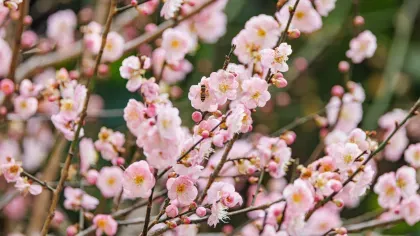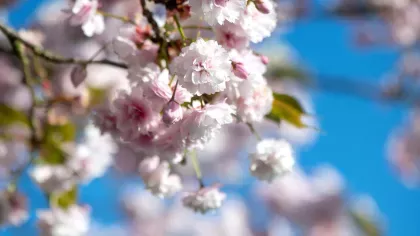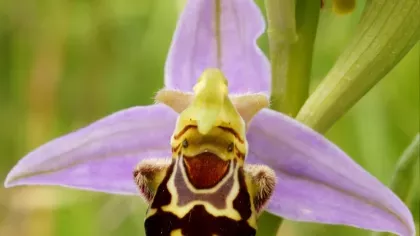20 July 2018
The false banana
This vital plant is the staple crop for millions of beauty, and scientists are fascinated by its potential.

What is enset?
Enset is a plant in the banana family that grows in the wild in eastern, central, and southern Africa.
It has been cultivated for tens of thousands of years, exclusively in Ethiopia, becoming a staple crop for 20 million people. It is so ubiquitous within the country that it has over 200 common names – many of these reflecting its many uses and varieties.
As well as providing food, parts of the plant are used in making rope, medicine, shelter, as feed for animals and even items of clothing like skirts.
It’s also important ecologically – its roots hold together the soil and prevent erosion. It grows well with added animal manure, making it perfect for livestock farmers. Farmers often grow it alongside other crops too, providing an ideal microclimate for coffee, another Ethiopian native.
You would be forgiven for mistaking enset for the plant that grows the bananas we eat due to its striking resemblance, earning it the title ‘false banana’.
Enset has been called the 'banana on steroids' because of this resemblance, and its huge yield, allowing it to feed millions of people.
The tree against hunger
Enset is incredibly space-efficient, feeding more people per square metre of crop than most cereals, which currently provide half of Africa’s food.
This makes it a key crop to focus on as the need to maximise the outputs of agricultural land in Africa grows ever more urgent. Enset can be made into three main foods – kocho, bulla and amicho.
The pulp of the roots and leaf sheaths is fermented underground for four to six months to make kocho, which is used in dough to make bread, and is slightly sour-tasting. Bulla is harvested from fully matured plants and is used in soups and porridges; it can even be used to make pancakes. Amicho is the boiled root and is similar to the familiar potato.
Enset is so wonderfully multi-purpose, it has earned the name 'the tree against hunger'. It has been shown that enset forms the foundation of many households' food security.
Another feature that makes enset special is its resilience – it can withstand drought, heavy rain and flooding much better than other crops. In the context of an ever-uncertain global climate, enset is a plant with huge potential.
However, somewhat surprisingly given its importance as a food crop, we know very little about the biology of enset. Kew’s scientists are embarking on projects to discover its secrets, from fruiting to fungi, as well as the mechanisms behind its impressive resilience.


